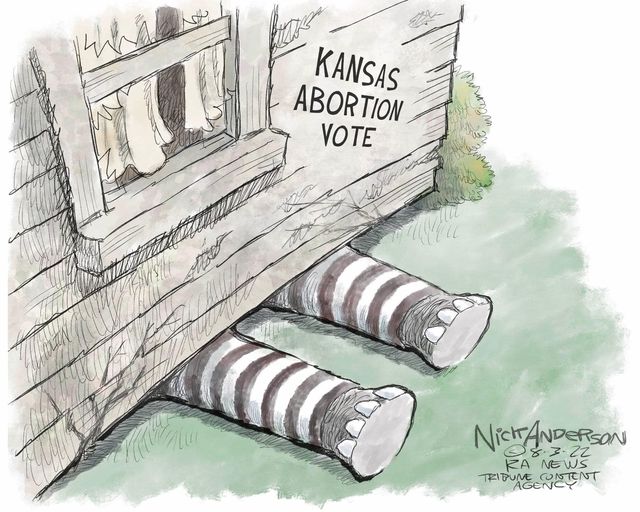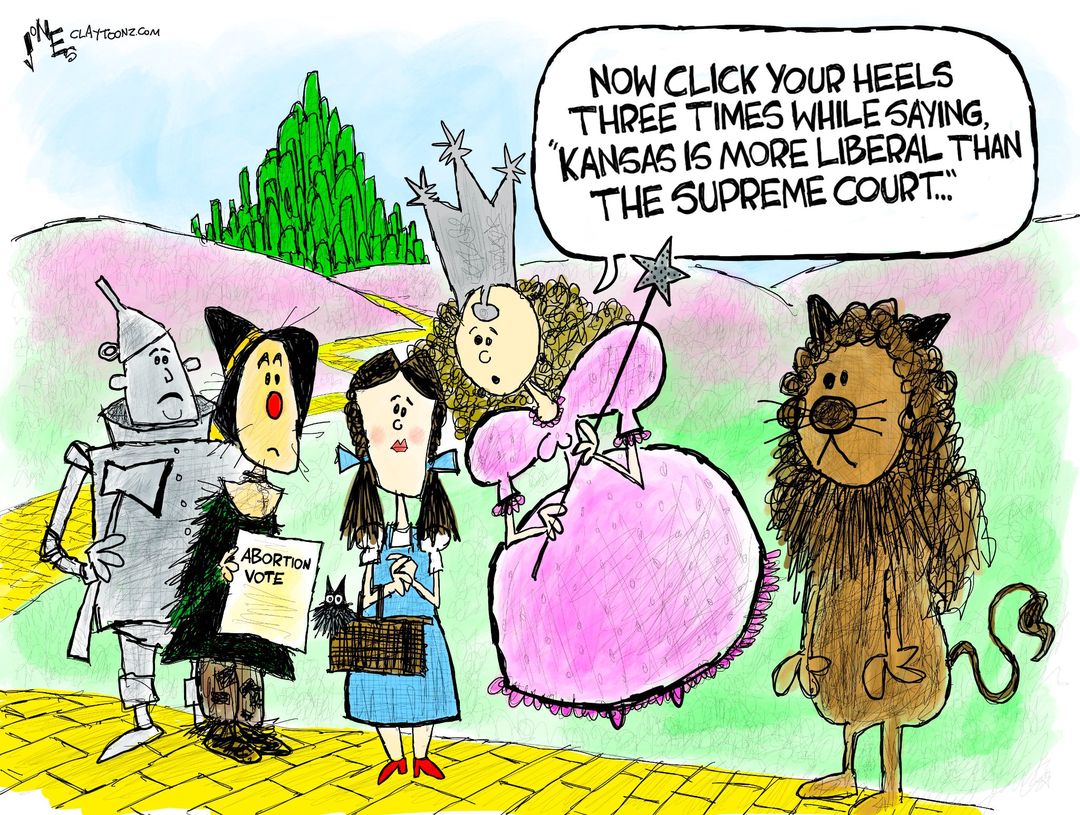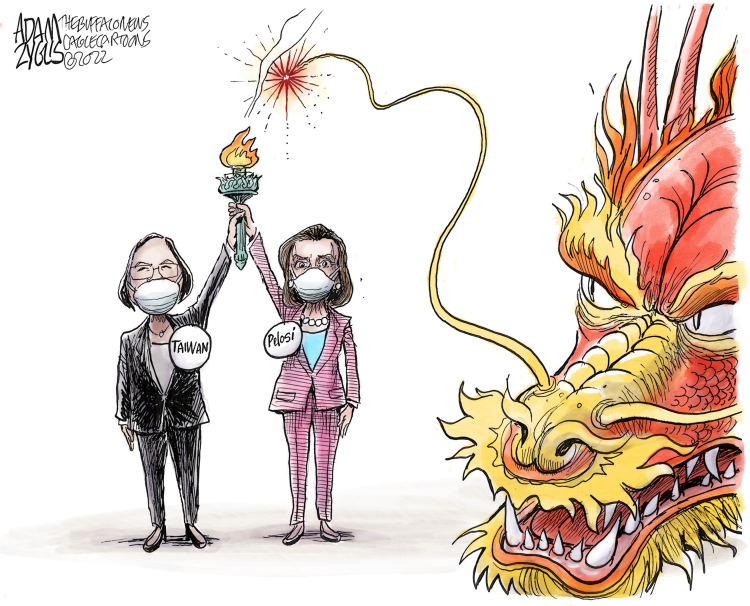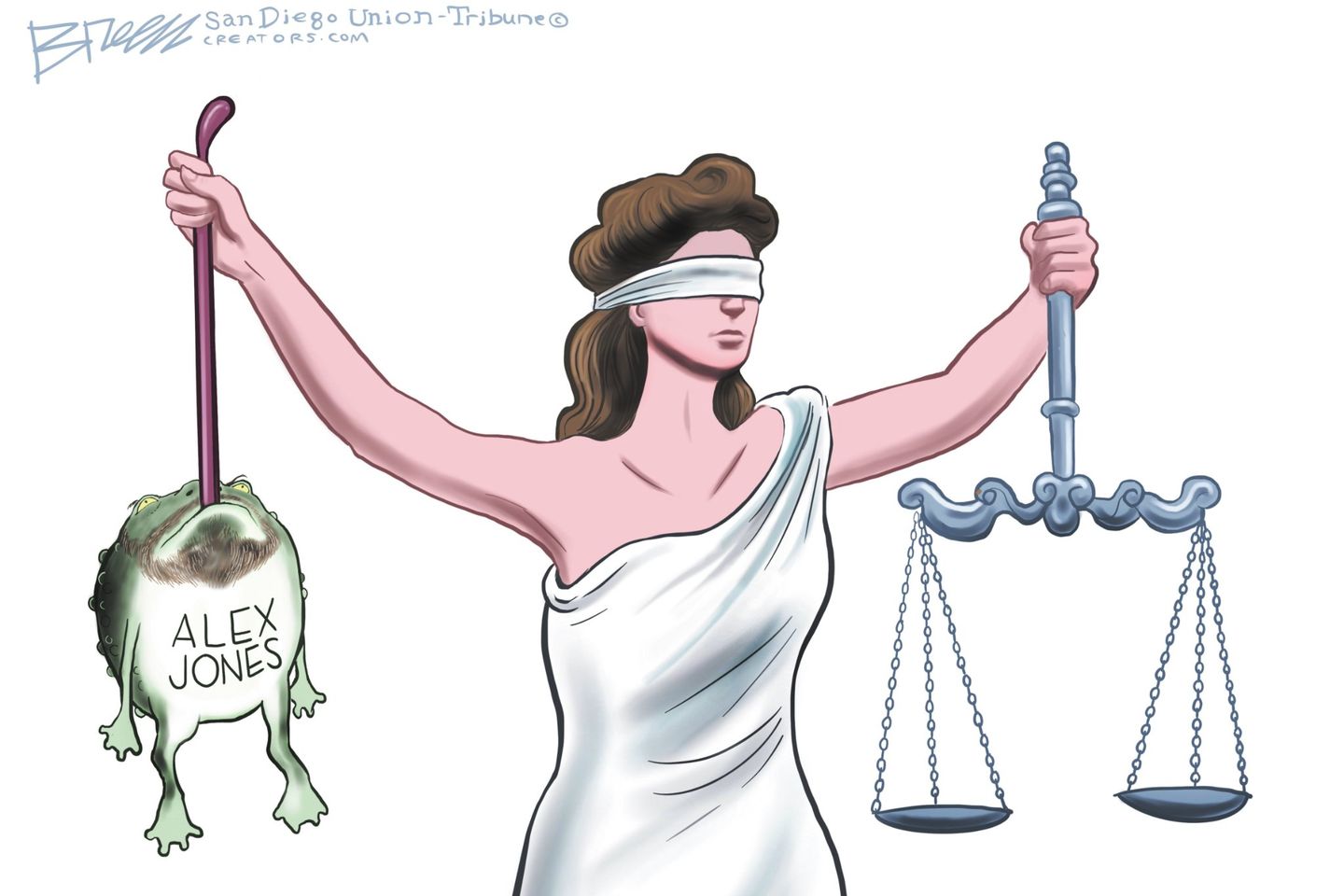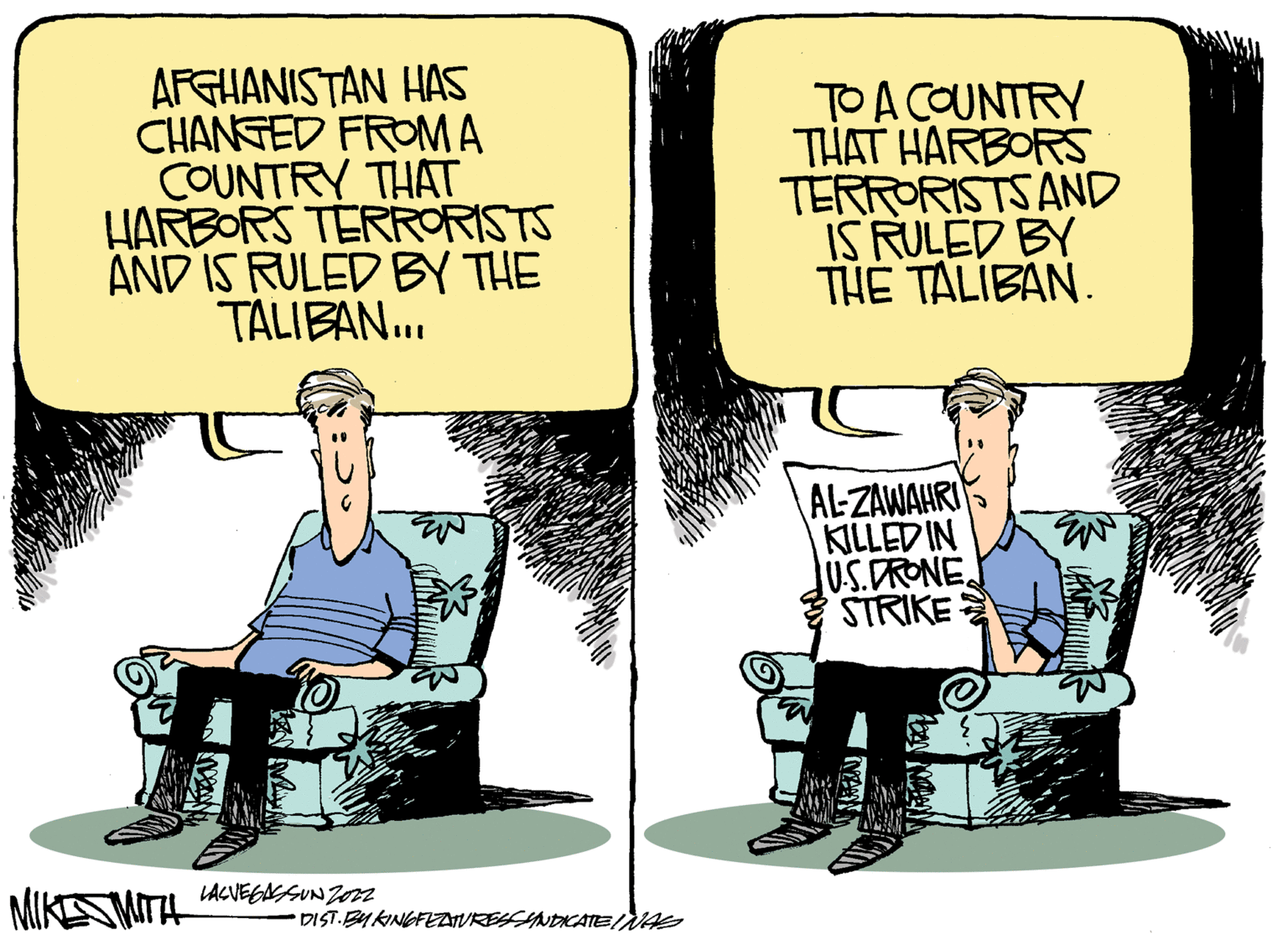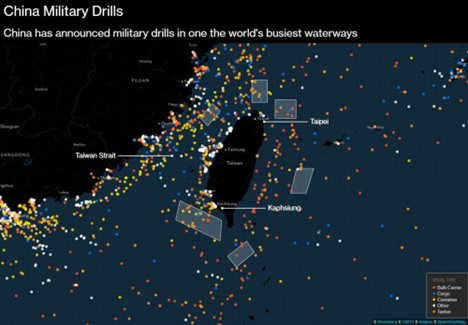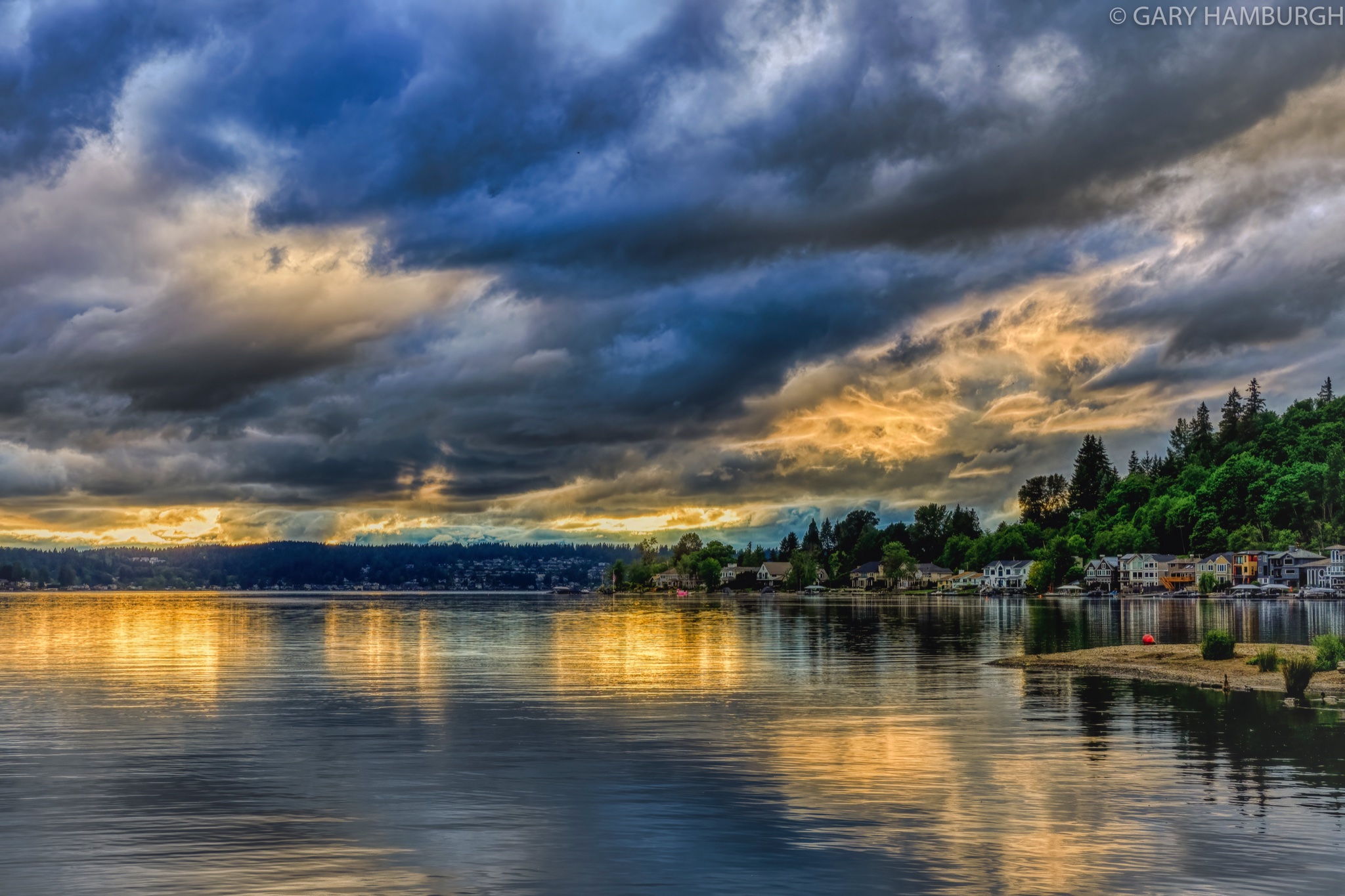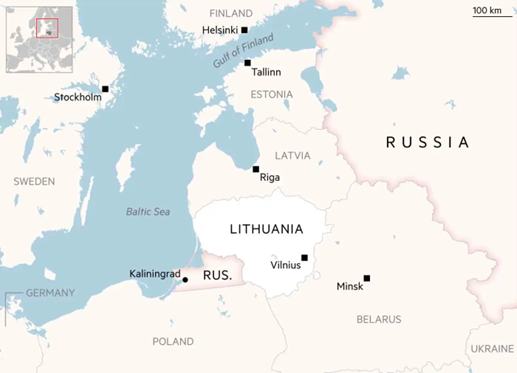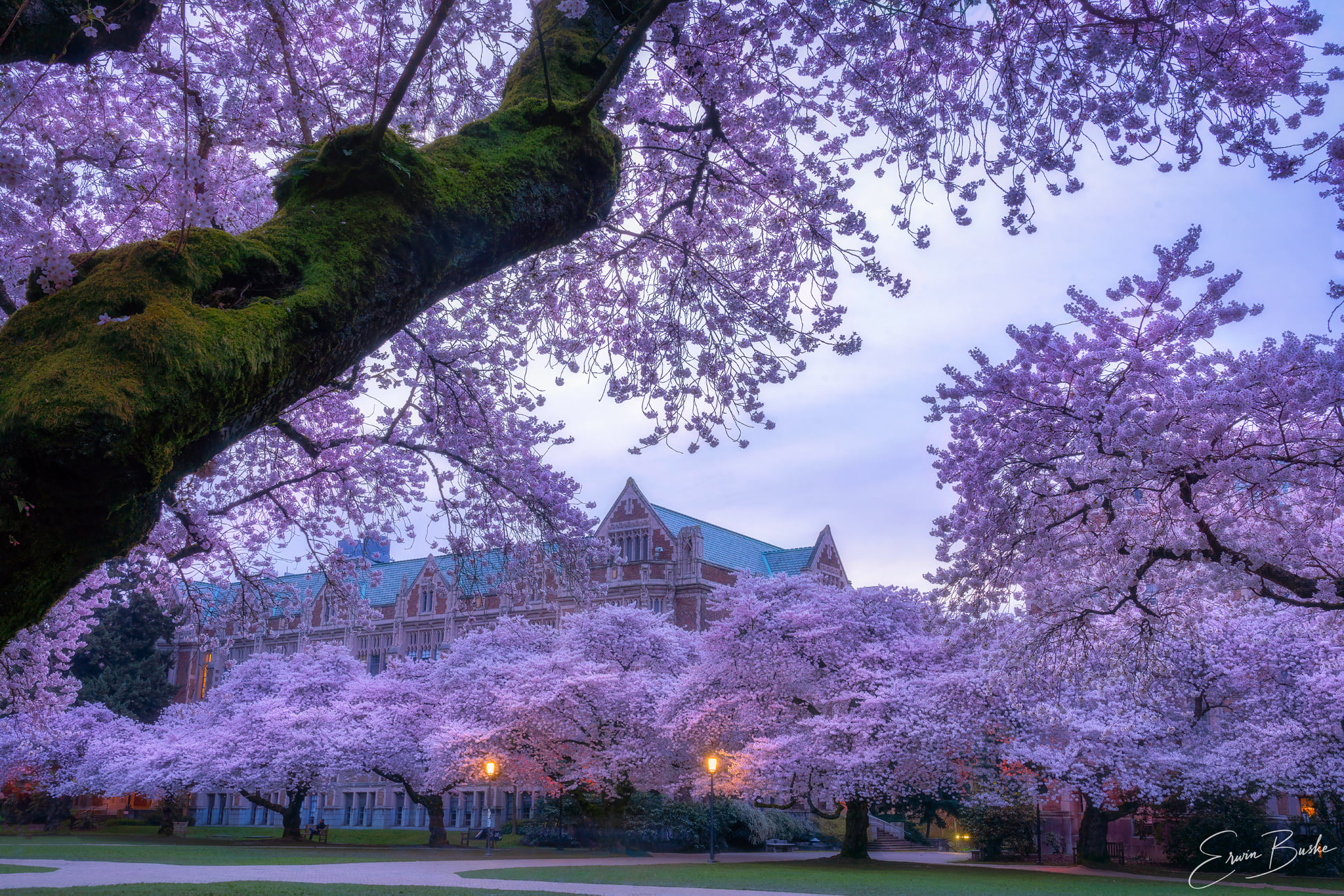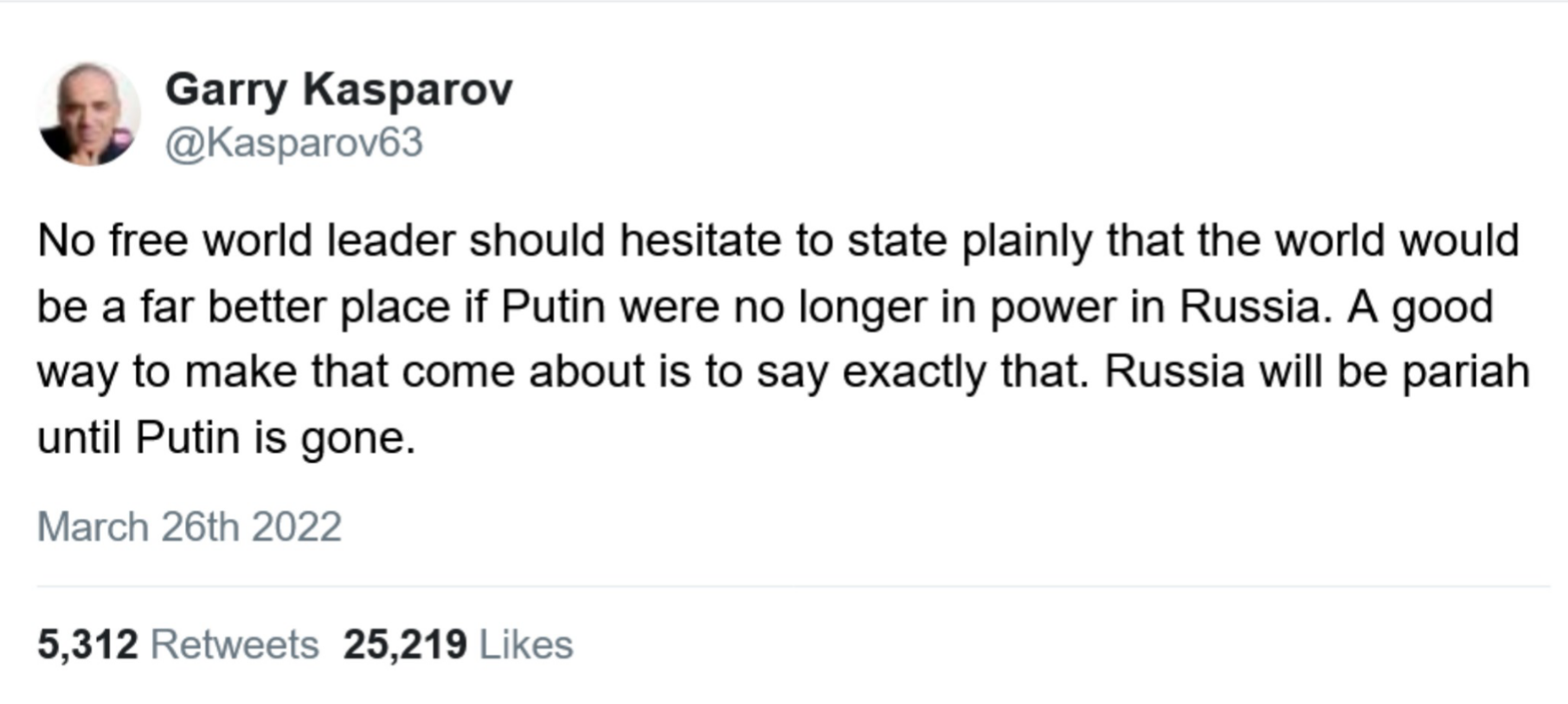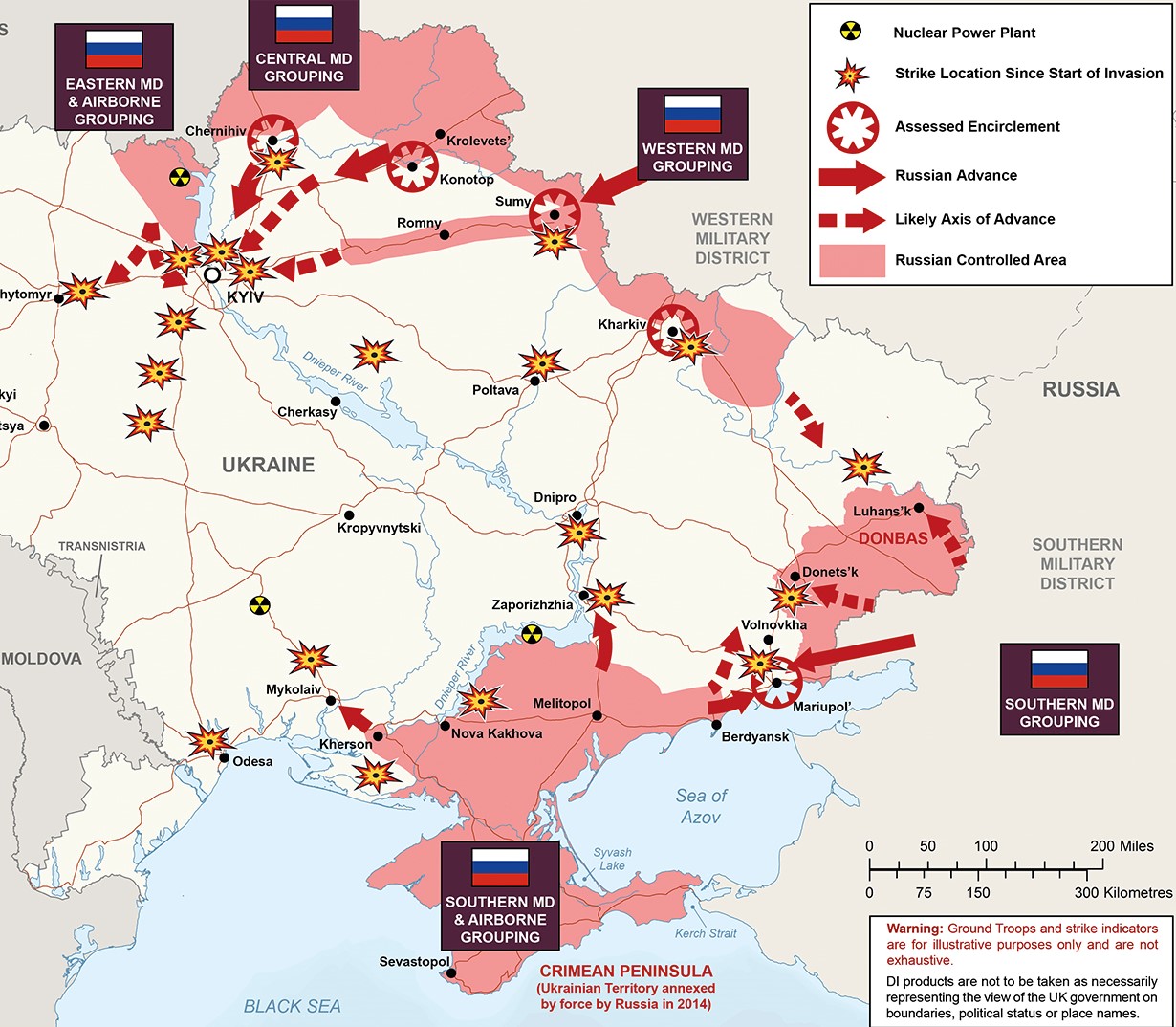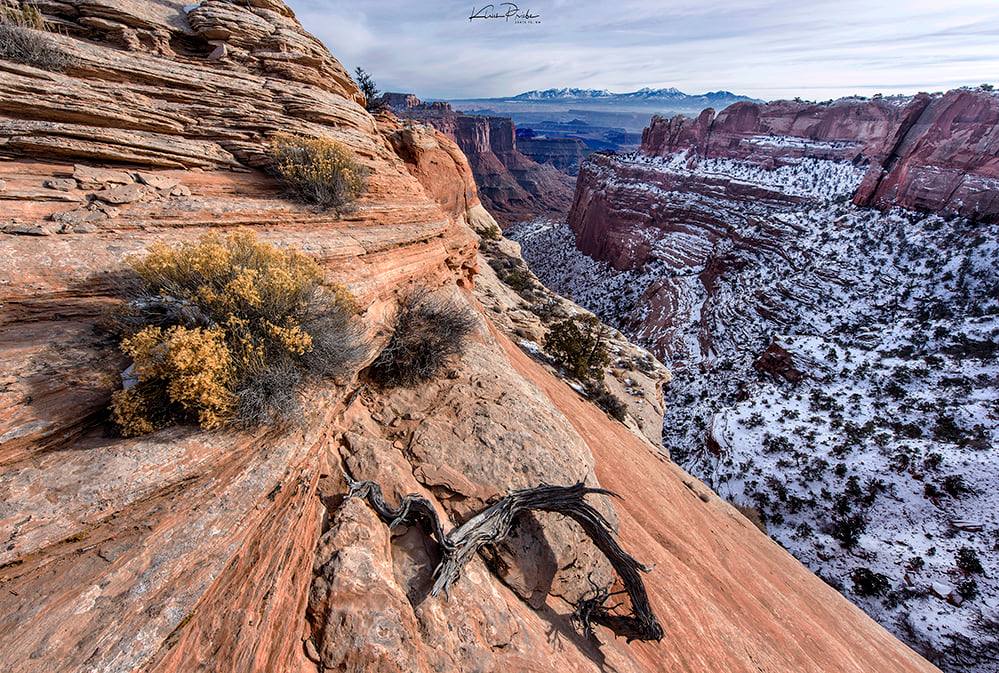The Daily Escape:

Sunset, Lookout Point, Harpswell, ME – August 2022 photo by Rick Berk Photography
Good strategy is supposed to include a look at what the logical outcomes may be, once you’ve implemented your strategic plan. Was that done when the US and the EU decided to sanction Russia about its Ukraine invasion after having sanctioned Iran, well, for being Iran?
When you treat much of the world as your enemy, you should expect them to eventually find common cause and fight back. We’re speaking about the world’s supply of natural gas (NatGas). There is a new alliance between Russia and Iran on NatGas. At Oil Price, Simon Watkins says that a new energy cartel is forming: (brackets and emphasis by Wrongo)
“The US $40 billion memorandum of understanding (MoU) signed last month between [Russia’s] Gazprom and the National Iranian Oil Company (NIOC) is a steppingstone to enabling Russia and Iran to implement their long-held plan to be the core participants in a global cartel for gas suppliers in the same mold as the Organization of the Petroleum Exporting Countries (OPEC) for oil suppliers.”
The article describes how Russia and Iran are creating a NatGas OPEC. The two countries are first and second respectively in holding the world’s largest NatGas reserves. Russia has just under 48 trillion cubic meters (tcm) and Iran has nearly 34 tcm, so the two countries are in an ideal position to form a cartel.
NatGas is a vital commodity. It is widely seen as the optimal product in the transition from fossil fuels to renewable energy. And controlling the global flow of it will be the key to energy-based power over the next 10 to 20 years. This has already been demonstrated in Russia’s hold over the EU through its NatGas supplies.
From a top-down perspective, this Russia-Iran alliance might also draw other Middle East gas producers, who have tried to be neutral between the Russia-Iran-China axis or the US-EU-Japan axis.
Qatar has long been seen by Russia and Iran as a prime candidate for this kind of gas cartel because it shares its gas field with Iran. Iran has exclusive rights over 3,700 sq.km of the well-known South Pars field (containing around 14 tcm of gas), with Qatar’s North Field comprising the remaining 6,000 sq.km (and 37 tcm of gas).
If they can enlist Qatar, this new cartel would control 60% of world gas reserves, allowing them to control NatGas prices globally. It would be logical for prices to rise, given the growing demand for NatGas in the coming decades.
America can dodge this bullet for a few years because proven gas reserves in the US amount to about 13.5 tcm. So, at the current level of production we can produce sufficient NatGas for another 13-15 years.
But this means that in a decade or so, the US, Europe, and Asia will all be more dependent on imports from Russia, Iran, and Qatar, while competing with the rest of the world for our share in order to maintain our economy and lifestyle.
So, strategy can be a bitch. By creating a global political and economic environment that pushes Russia, Iran, and Qatar into a cartel, we’ve created a significant future economic vulnerability.
There are immediate NatGas cost implications in the US today. Bloomberg’s article, A ‘Tsunami of Shutoffs’: 20 Million US Homes Are Behind on Energy Bills, paints a picture:
“…about 1 in 6 American homes…have fallen behind on their utility bills. It is, according to the National Energy Assistance Directors Association (NEADA), the worst crisis the group has ever documented. Underpinning those numbers is a…surge in electricity prices, propelled by the soaring cost of natural gas.”
That’s 16% of American homes for the math challenged. Winter in the US may not be as big a disaster as in the UK and Europe, (better insulation). But plenty of people here will have to choose between food and heat.
The world is sorting itself out into blocks of countries aligned with each other. Russia, China, Iran and perhaps India, want their own commodity-based financial system to reduce their exposure to the political impacts from the West’s corporate/state “free” market system, which has used trade as a weapon for the past few decades.
There are two ways of looking at this. We could just build this energy vulnerability into our economic planning and prepare to devote a growing share of our GDP to paying the cartel for more NatGas.
Or, we could immediately start seriously building out our renewable energy capacity. There’s a model. Europe is attempting to pivot away as quickly as possible from its dependence on Russia.
We could do the same thing.
That could reduce our exposure to imported NatGas because it’s largely a bridge from coal to renewables. Massive investing in renewables would give Russia and Iran a shorter bridge than they think they’re getting.

